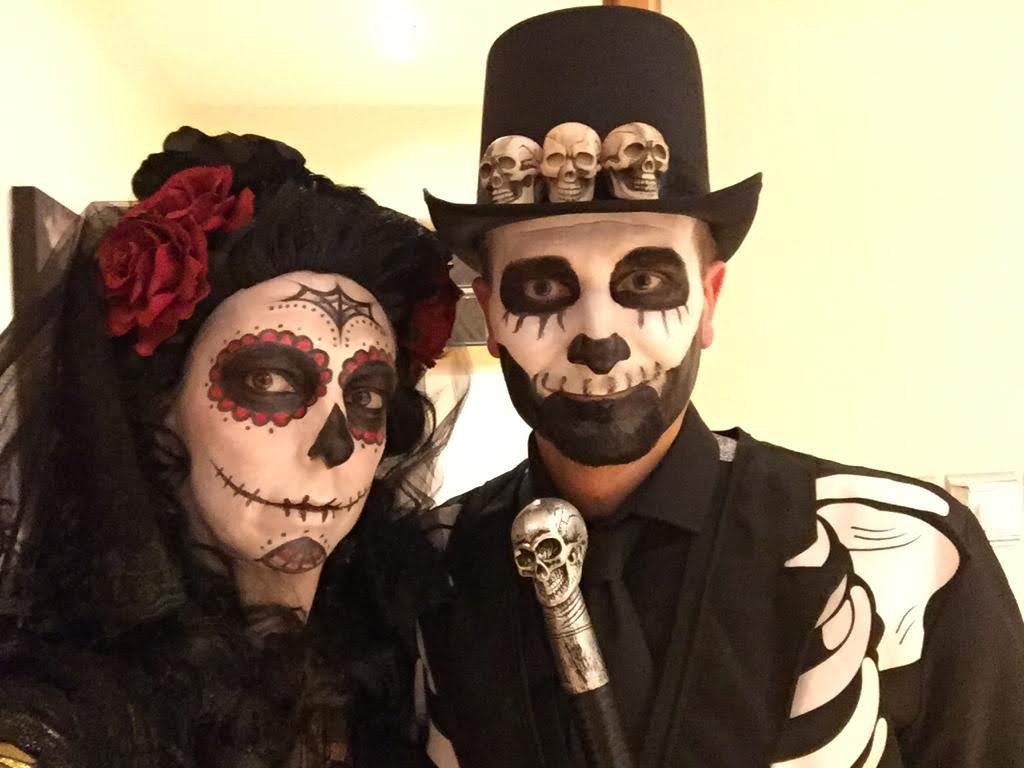Need to see: The Long Good Friday
I really need to see this now.
The classic thriller predicted the rise of Thatcherism and the transformation of London’s Docklands into an area of unbridled commerce. For the re-release of the film, I revisited the streets where mobsters once ran wild.
The reputation of The Long Good Friday rests on two things. The first is that it is a glorious thriller. But, as the years passed, it also became clear it had uncanny foresight. On screen, Harold declared the 80s would be a new era for London, his vision of unbridled commerce built around a revived Docklands. Off camera, others agreed. The timing was remarkable. A month before the cameras rolled, Margaret Thatcher became prime minister. Before she was done, Docklands would be a lustrous appendage of the City, and London would have hitched itself to global finance. When we stare around today and ask where this all began, we can look to Thatcher or The Long Good Friday. They were thinking the same thing.
The contrast between modern East London, full of well-heeled bankers and covered in glass and steel, and the old East London, populated by suited gangsters and rusty cranes is fascinating. Read on: First the gangsters, then the bankers: how The Long Good Friday foretold the future | Film | The Guardian
